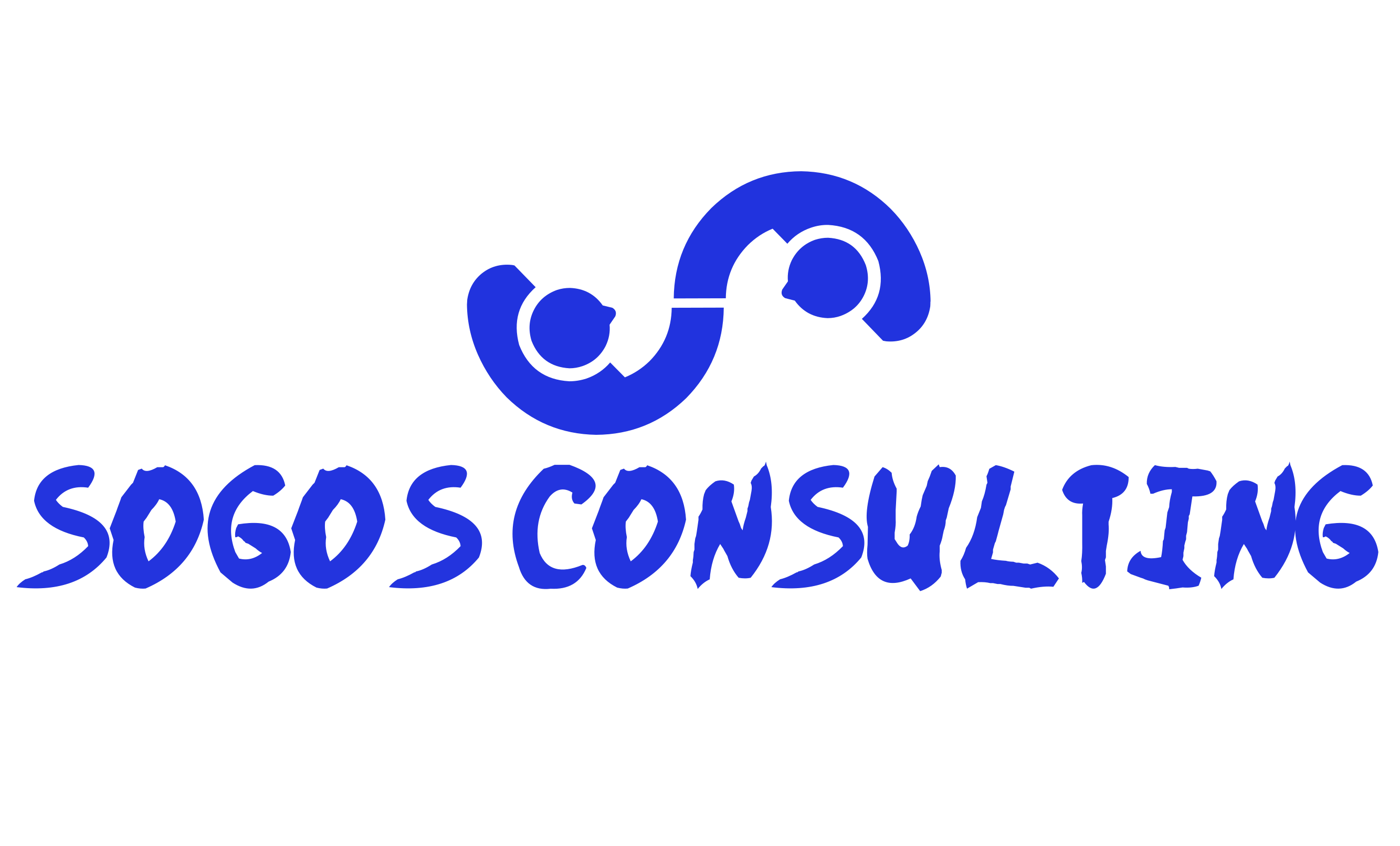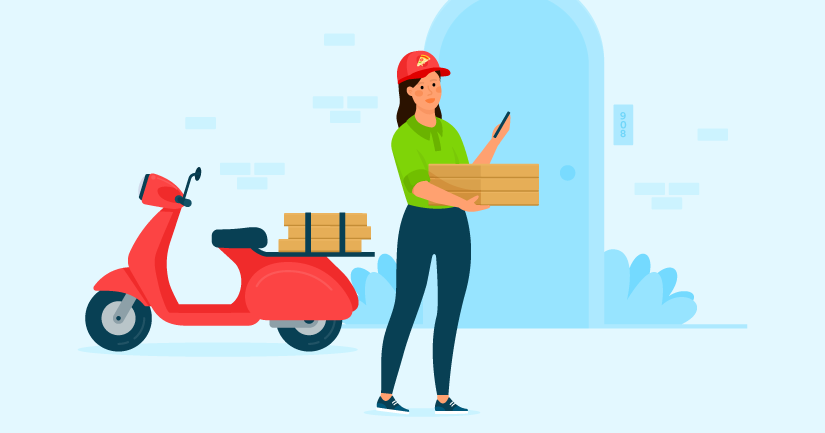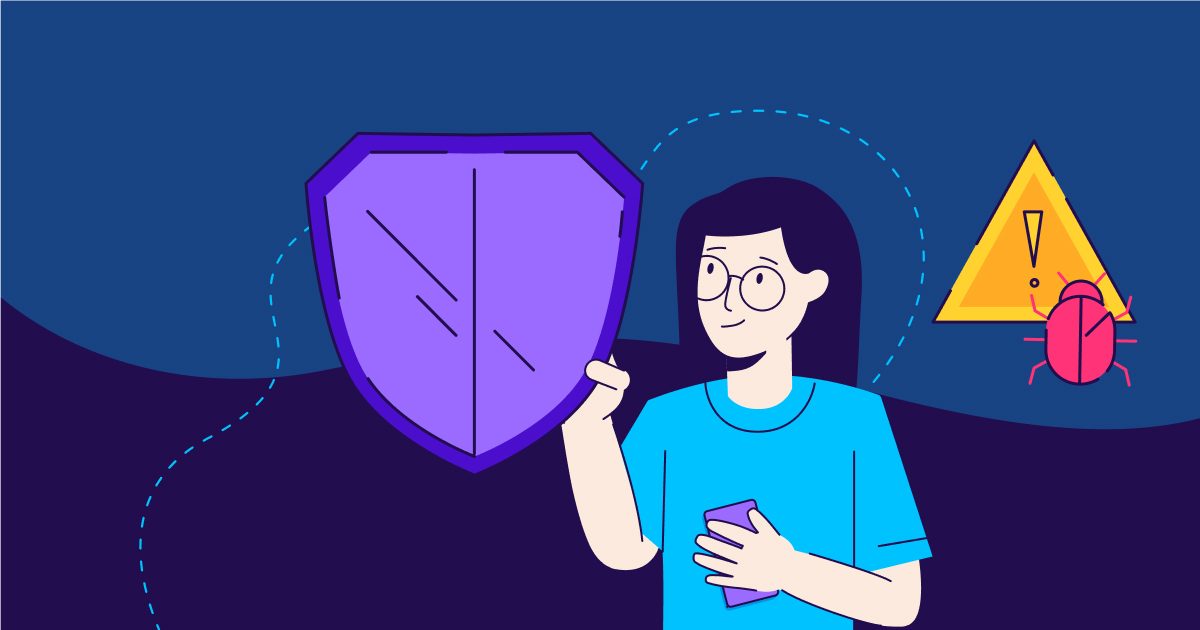To all drivers and product managers at DoorDash, Uber, and Grubhub,
🚦 Ensuring adherence to rules and regulations is crucial for maintaining control, work quality, and preventing fraud within a company. However, it is equally important to continually develop and update these rules to ensure success. This article aims to discuss an interesting fact that can be observed within the context of the delivery service industry, while maintaining a friendly tone.
🔒 While developing internal rules and regulations, it is essential to incorporate external regulations and laws to maintain compliance. As we all know, delivery service providers have a rating system for drivers, encompassing factors such as customer rating, completion rate, and acceptance rate. In this article, we will focus on the acceptance rate and examine whether it contradicts any existing laws. For illustrative purposes, we will use DoorDash as an example.
💡 DoorDash has a threshold for the rating, and if a driver’s rating exceeds this threshold, they become a “Top Dasher.” Being a Top Dasher grants various benefits, such as the ability to dash anytime and access to better-paying orders, ultimately leading to increased earnings.
💯 Each rating element has its own formula for calculation. For instance, the acceptance rate is determined by the percentage of accepted orders among the driver’s last 100 orders. This means that if an order is accepted, the rule is considered satisfied. Other companies may use different parameters, such as the last 500 orders.
📝 Now, let’s consider the following scenario: Driver A receives a delivery from Shop B. While en route to Shop B, the DoorDash platform may offer an additional delivery task, meaning another delivery can be added to the driver’s already accepted job. Essentially, DoorDash can suggest a second delivery while the driver is still en route to Shop B. Accepting the first order can be seen as confirmation that the driver will likely proceed to Shop B, and adding a second order requires the driver to notice it, decide whether to accept it, and then accept it. Notably, declining the second order impacts the acceptance rate.
🚗 However, if we strictly follow the acceptance rate rules, accepting the first order should be sufficient to satisfy the requirement. To the best of my knowledge, there is no explicit mention of additional orders while a driver is already assigned to a delivery. Furthermore, I have concerns about the safety of the driver in such situations.
📵 For instance, when a driver is on the road and receives a second order, they must use their phone to accept the order, thus compromising their own safety and that of others. Now, we must question what takes precedence: the driver’s life or the acceptance rate, or the driver’s life or the second delivery.
💔 This suggests that risking one’s life is given secondary importance since the acceptance rate is penalized for not accepting an order while jeopardizing safety. The same applies to Uber and Grubhub.
🤔 It seems that prioritizing a high rating is valued more than providing a safe work environment. We applaud the decision-makers at DoorDash and Uber for placing greater importance on financial considerations rather than our well-being. This is what makes these companies great, right? (sarcastic tone)
🔍 There are two points I would like to highlight for further consideration. Firstly, if a driver accepts the first delivery but declines the second, does accepting the first order guarantee meeting the acceptance rate requirement? If not, there should be explicit guidelines in the rules regarding acceptance rate calculations based on subsequent orders after accepting the first one.
💡 Secondly, I contemplate the fines associated with using a phone while driving. Does meeting the employer’s rules take precedence over adhering to the law? Or could it be that there is a gap in the existing rules?
📣 Stay tuned for more on similar topics…
Let’s continue the conversation, DoorDash, Uber, and Grubhub drivers and product managers! Share your thoughts and experiences using hashtag#DeliveryServiceInsights and hashtag#DriverSafetyMatters.
📌 hashtag#DeliveryService hashtag#RulesAndRegulations hashtag#SafetyFirst hashtag#AcceptanceRate hashtag#DriverExperience








